Pharmaceutical Intermediates
- • Analgesics (55)
- • Anesthetics (47)
- • Anti-Addiction Agents (8)
- • Antibacterials (94)
- • Anticonvulsants (19)
- • Antidementia Agents (22)
- • Antidepressants (33)
- • Antiemetics (23)
- • Antifungals (22)
- • Antigout Agents (8)
- • Anti-inflammatory Agents (23)
- • Antimigraine Agents (21)
- • Antineoplastics (412)
- • Antiparasitics (10)
- • Antiparkinson Agents (28)
- • Antipsychotics (49)
- • Antispasticity Agents (12)
- • Antivirals (144)
- • Anxiolytics (15)
- • Blood Glucose Regulators (96)
- • Blood Products (61)
- • Cardiovascular Agents (148)
- • CNS Agents (20)
- • Dental and Oral Agents (7)
- • Dermatological Agents (18)
- • Electrolytes (15)
- • Gastrointestinal Agents (58)
- • Genetic/Enzyme Disorder (12)
- • Genitourinary Agents (43)
- • Immunological Agents (31)
- • Metabolic Bone Disease (6)
- • Ophthalmic Agents (31)
- • Respiratory Tract (48)
- • Skeletal Muscle Relaxants (4)
- • Sleep Disorder Agents (23)
- • Oled Material Intermediate (309)
- • Heterocyclic Compound (9725)
- • Bulk Drug Intermediates (16547)
Related News
-
Shell Considers Partnering with the U.S. and Closing European Chemical Assets
2025-03-26 -
Quaker Houghton Acquires Dipsol Chemicals, Strengthening Advanced Solutions Portfolio
2025-03-27 -
AstraZeneca to Invest $2.5 Billion to Establish Global Drug R&D Center in Beijing
2025-03-25 -
Saudi Aramco CEO: Invest in downstream projects in China's energy, chemical and other fields
2025-03-28 -
Dow's Silicones Downstream Expansion Project in Zhangjiagang Launches and Drives Market Innovation
2025-03-21 -
ECHEMI High Quality Inquiries (22-26 Mar)
2025-03-27
Antipsychotics
4-Piperidinecarboxylic acid
(498-94-2)-
![4-Piperidinecarboxylic acid buy 4-Piperidinecarboxylic acid]()
Industrial Grade ,Pharma Grade / 99%
-
![Isonipecotic acid buy Isonipecotic acid]()
pharmaceutical grade / 98%
-
![4-Piperidinecarboxylic acid buy 4-Piperidinecarboxylic acid]()
Industrial Grade / pharmaceutical grade / 99%
-
Industrial Grade / 99%
Request for quotation , get quotes from more suppliers.
4-Cyanophenol
(767-00-0)-
Pharmacy Grade / 99%
-
Pharmaceutical Grade / 99%
-
Pharmacy Grade / 99%
-
![4-Cyanophenol buy 4-Cyanophenol]()
pharmaceutical grade / 98%
Request for quotation , get quotes from more suppliers.
7-Hydroxy-2(1H)-quinolinone
(70500-72-0)-
Pharmacy Grade / 99%
-
Pharmacy Grade / 99%
-
Pharmacy Grade / 99%
-
![7-hydroxyquinolin-2(1H)-one buy 7-hydroxyquinolin-2(1H)-one]()
Pharmacy Grade / 95%
Request for quotation , get quotes from more suppliers.
Methyl acetoacetate
(105-45-3)-
Pharmacy Grade / 99.5%
-
![Methyl acetoacetate buy Methyl acetoacetate]()
Industrial Grade / pharmaceutical grade / 99%
-
Industrial grade / 99%
-
Industrial Grade / 99%
Benfotiamine
(22457-89-2)-
Pharmacy Grade / 99%
-
Pharmaceutical Grade / 99%
$90-105/KG FOB
-
Pharmacy Grade / 99%
-
Pharmaceutical grade / 99%
Request for quotation , get quotes from more suppliers.
Source Antipsychotics Products Supply
N,N-Dimethylglycine
(1118-68-9)-
Pharmacy Grade / 99%
-
Pharmaceutical Grade / 99%
-
Pharmacy Grade / 98%
-
Pharmacy Grade / 99%
Request for quotation , get quotes from more suppliers.
6-Fluoro-3-(4-piperidinyl)-1,2-benzisoxazole hydrochloride
(84163-13-3)-
Pharmacy Grade / 99%
-
![6-Fluoro-3-(4-piperidinyl)-1,2-benzisoxazole hydrochloride buy 6-Fluoro-3-(4-piperidinyl)-1,2-benzisoxazole hydrochloride]()
pharmaceutical grade / 99%
$6.6/KG EXW
-
![6-Fluoro-3-(4-piperidinyl)-1,2-benzisoxazole hydrochloride buy 6-Fluoro-3-(4-piperidinyl)-1,2-benzisoxazole hydrochloride]()
Industrial Grade / pharmaceutical grade / 99%
-
![6-Fluoro-3-(4-piperidinyl)-1,2-benzisoxazole hydrochloride buy 6-Fluoro-3-(4-piperidinyl)-1,2-benzisoxazole hydrochloride]()
pharmaceutical grade / 98%
$100/KG EXW
Request for quotation , get quotes from more suppliers.
(1R,2R)-1,2-CYCLOHEXANEDIMETHANOL
(65376-05-8)-
Pharmacy Grade / 99%
-
- / 99.00%
-
Feed Grade / 99%
-
pharm grade / 99.81%
$2.49/MT FOB
Request for quotation , get quotes from more suppliers.
Acetovanillone
(498-02-2)-
Pharmacy Grade / 99%
-
Pharmacy Grade / 99%
$100-130/KG FOB
-
pharmaceutical grade / 99.9%
-
Pharmaceutical Grade / 99%
Request for quotation , get quotes from more suppliers.
3-(1-Piperazinyl)-1,2-benzisothiazole
(87691-87-0)-
![3-(Piperazin-1-yl)benzo[d]isothiazole buy 3-(Piperazin-1-yl)benzo[d]isothiazole]()
Pharmacy Grade / 95%
-
![3-(1-Piperazinyl)-1,2-benzisothiazole? buy 3-(1-Piperazinyl)-1,2-benzisothiazole?]()
Industrial Grade / pharmaceutical grade / 99%
-
- / 99.00%
-
pharm grade / 99.88%
$2.54/MT FOB
Request for quotation , get quotes from more suppliers.
Source Antipsychotics Raw Materials by Region
More Information
Antipsychotic medications are a group of medications that are typically used to control and treat signs and symptoms of psychiatric problems such as schizophrenia and bipolar condition. These medications modulate brain neurotransmitter pathways, primarily focusing on corresponding dopamine and serotonin receptors to help in alleviating symptoms such as hallucinations, delusions, and unbalance of mood.
There are two classes of antipsychotic agents, typical (first generation) and atypical (second generation). Typical antipsychotics (e.g., chlorpromazine, haloperidol) primarily act as dopamine antagonists, reducing psychotic symptoms by blocking dopamine receptors. In addition to targeting dopamine receptors, atypical antipsychotics (e.g., quetiapine, risperidone) also affect serotonin receptors, which may contribute to their greater efficacy in managing a broader range of symptoms with improved safety profiles.
Therapeutic applications include:
● Management of schizophrenia
● Treatment of bipolar disorder
● Adjunct therapy for major depressive disorder
● Control of severe agitation or anxiety










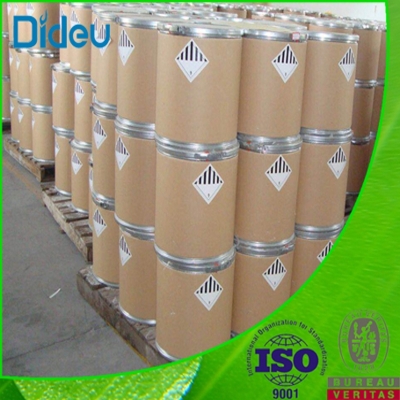










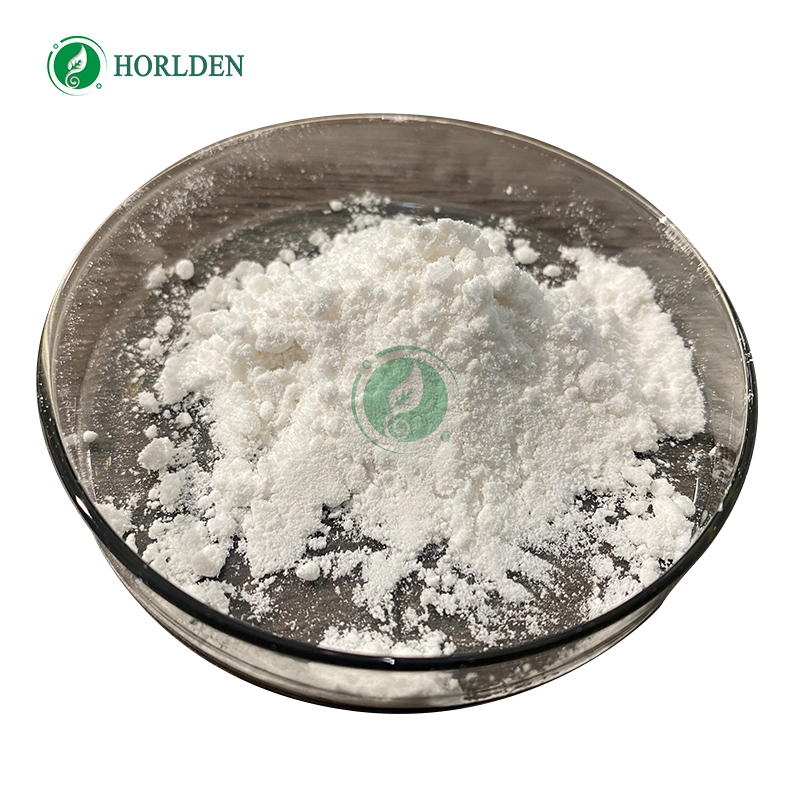
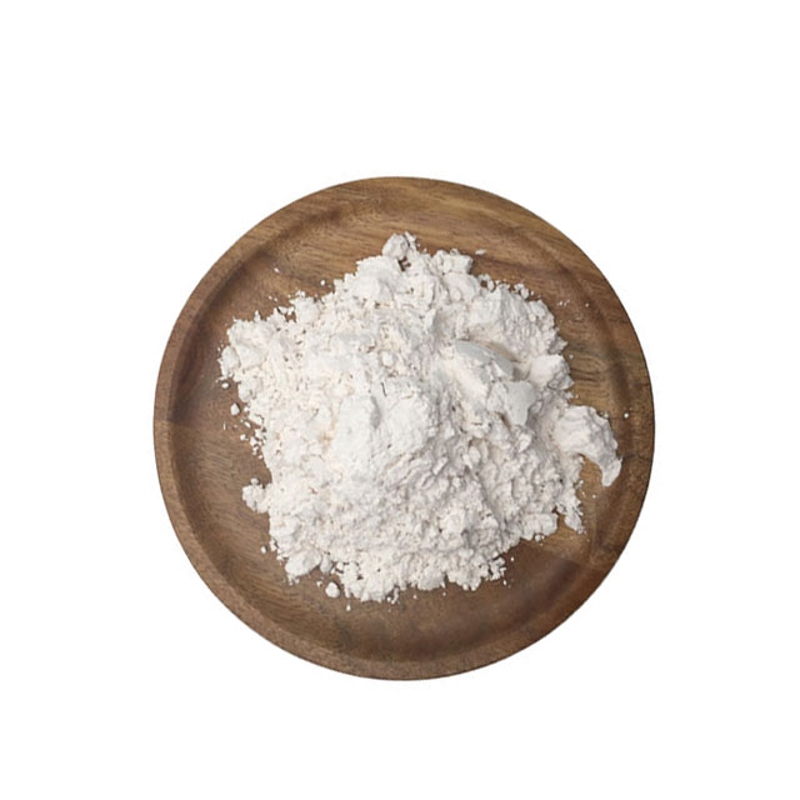

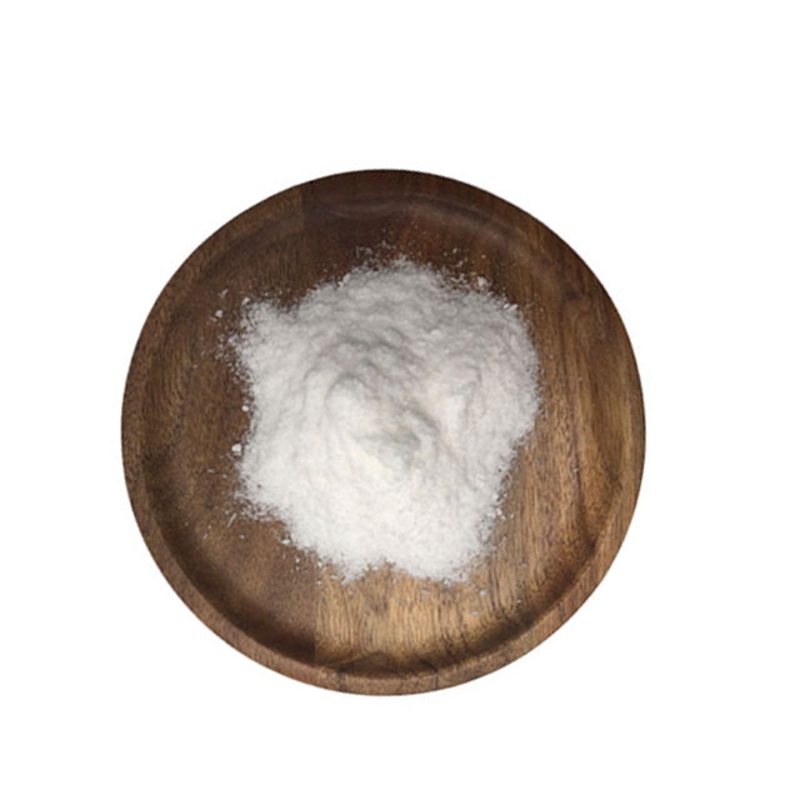








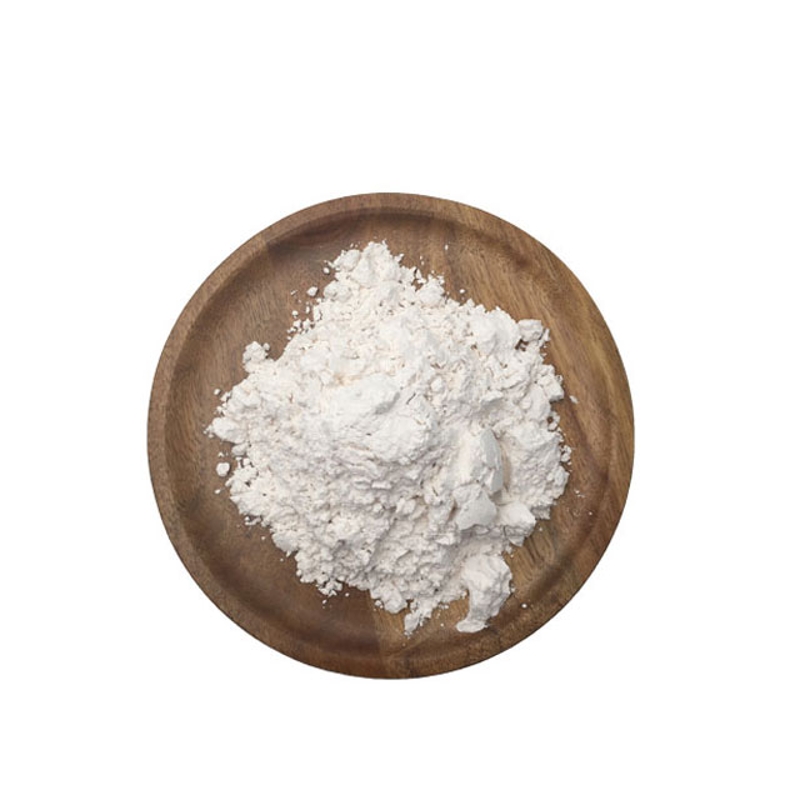
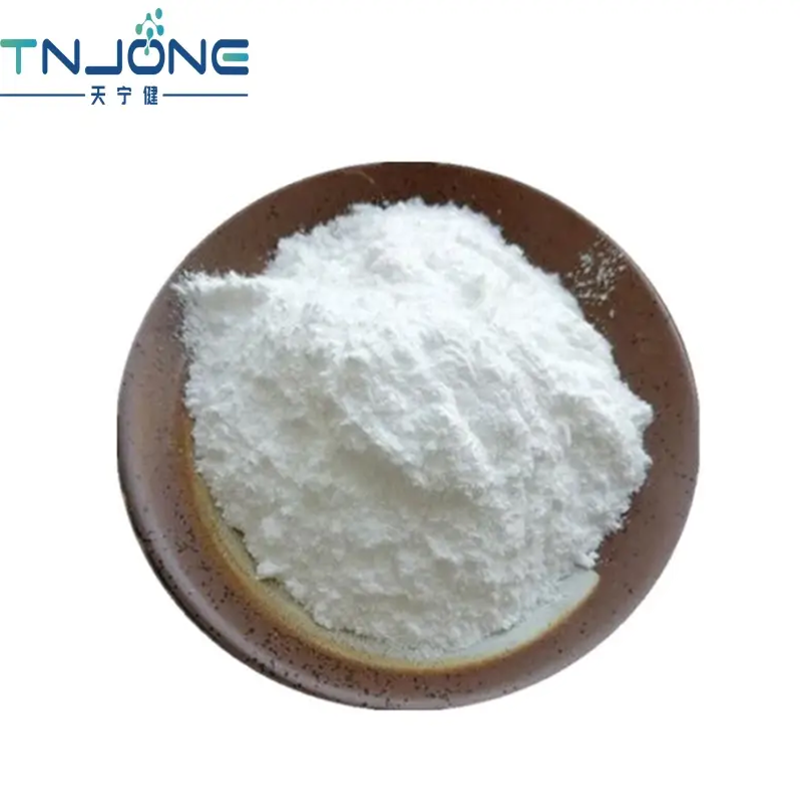
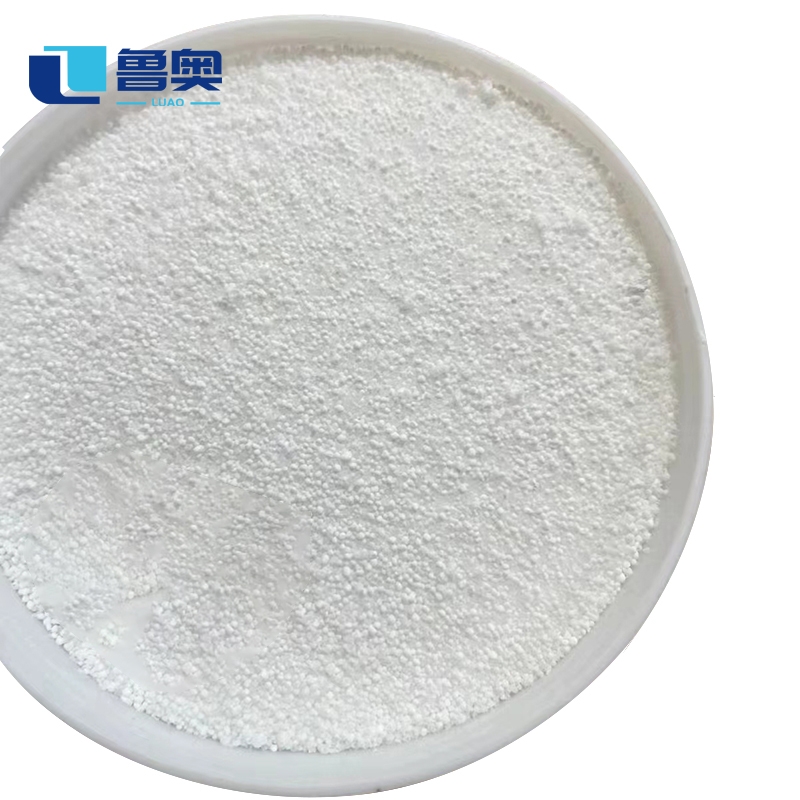
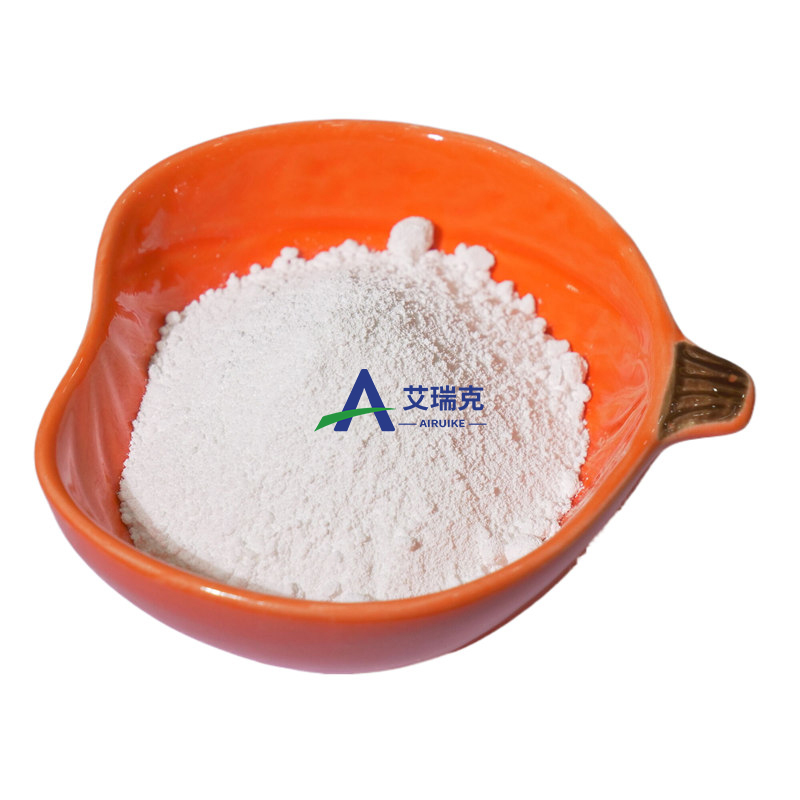
![3-(Piperazin-1-yl)benzo[d]isothiazole buy 3-(Piperazin-1-yl)benzo[d]isothiazole](https://file.echemi.com/fileManage/upload/canonicalSmiles/20220812/5e56572c9e004b868ada1442c5944a90.png)

